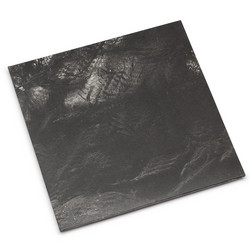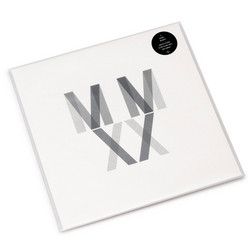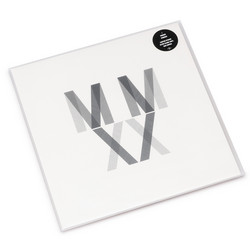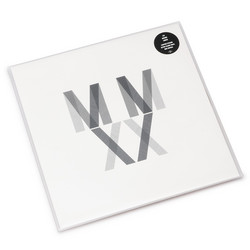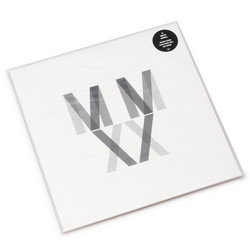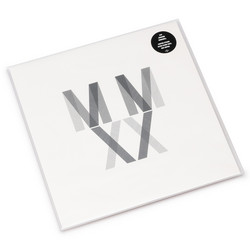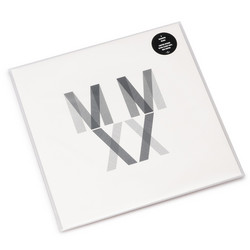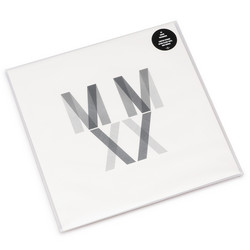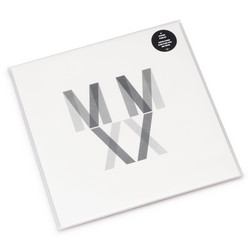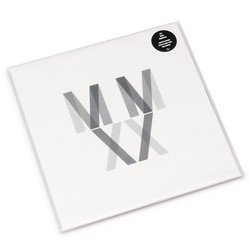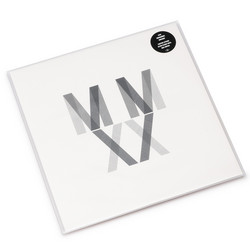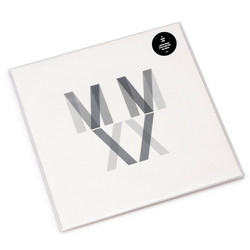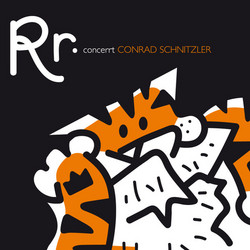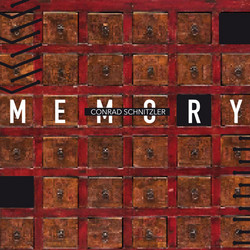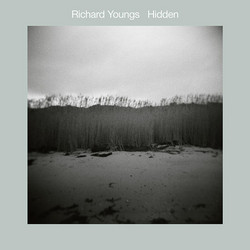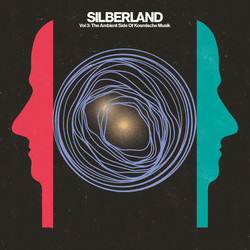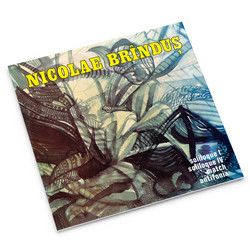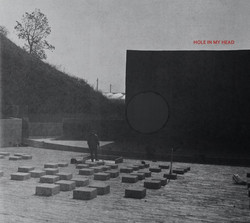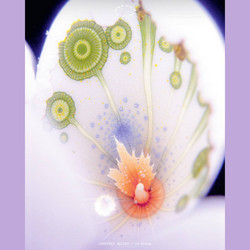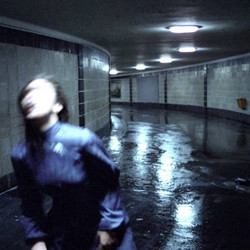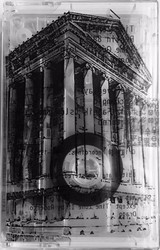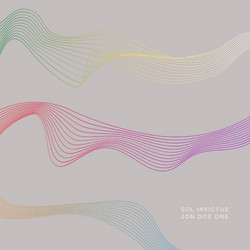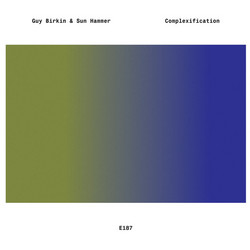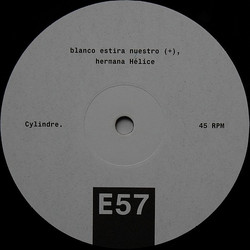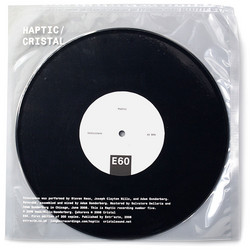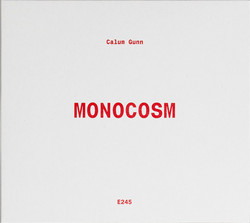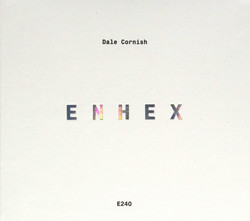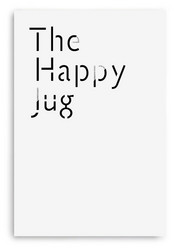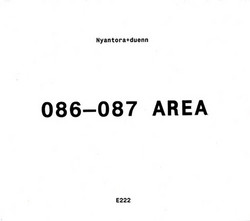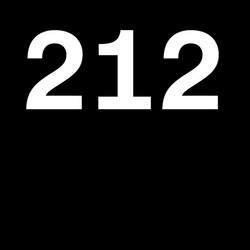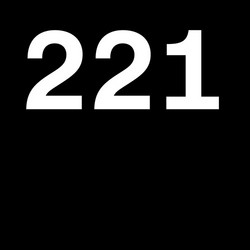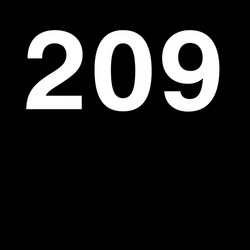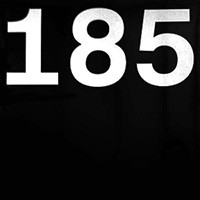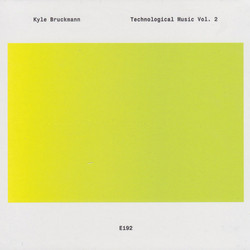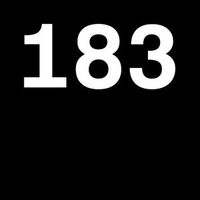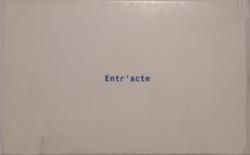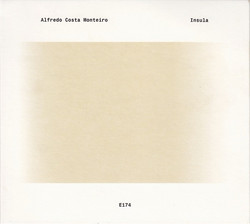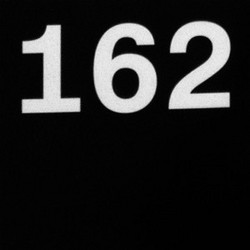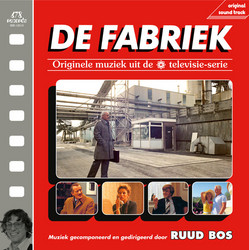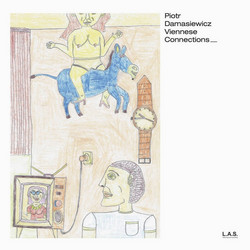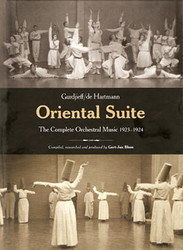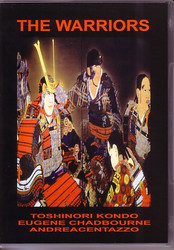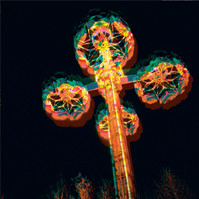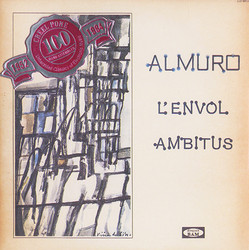**Edition of 250** Music nowadays is a crime. The whole dark art consisting in whether the composer opts for death by suffocation (maximalism) or death by strangulation (the perennially fashionable anti-fashion that is minimalism). Jon Doe One’s debut record, Small Numbers, involved layer after layer of obsessive construction. Faced with its delirious palimpsest of rhythm and sound, listeners — those curious lost souls, I count myself amongst their ranks, alas — had no choice but to gag on the expansive ensemble. In other words, the composer had done all the hard work for us. To guard against this oversight, and his own imaginative zeal, for the next opus he decided to establish certain constraints.
Firstly, that the music should sound live, spontaneous — to which end an old tape machine was marshalled; a live show cannibalised. Second, that each track should feature drums, guitar, electronics and bass, no more, or a combination of any three, notably the artist's hitherto neglected ‘first love’, electric bass (how sentiment threatens to quash the scientific). Four, all other whimsy such as melody would be stripped away. Fifthly, finally, and most brutally, only the best six tracks would make the cut.
The day of the record’s release, I came across Johannes d’Hoine in the streets of Antwerp. Peering into the void of a baroque church, he looked somehow reduced. To raise his spirits, I piled praise on the record. Less is more, he muttered strangely. Kill your darlings! But I saw that, though the music lived, something in d’Hoine had died; he and Doe One did not speak again. - Clodagh Kinsella
